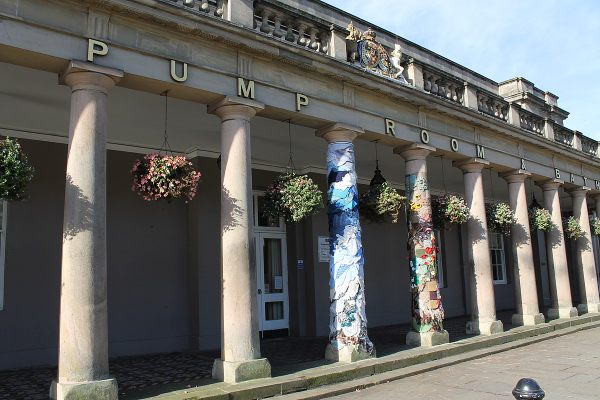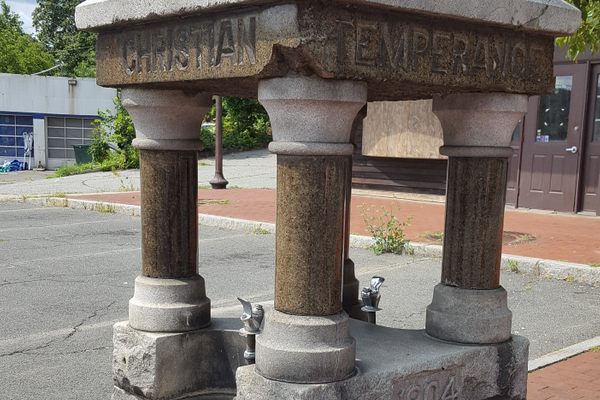About
Lithia water, called so because of natural lithium oxide deposits in the spring, has been touted as a health tonic since the 1880s (although it wasn't until 1949 that the scientific community acknowledged the wellness benefit of lithium salts). When the town of Ashland, Oregon realized it was sitting atop a gold mine in the form of a lithia spring outside town, it tried to capitalize on the fad by building a health spa.
In 1911, Ashland discovered it was situated next to the most lithium-loaded spring water other than New York's Saratoga Springs, and set to work on building a world-class resort. Officials went as far as to pipe the spring water into town for the spa, but plans for the resort fell through as the health fad lost popularity. Instead, a multi-spouted drinking fountain was built and the land reserved for the spa was used as a public park near the center of town.
In the 1920s, there was interest in bottling Lithia Water and marketing it. The business community asked that a fountain be installed on the Plaza, where people could easily find it (the next closest Lithia Fountain was in the park). The city obliged and this fountain was installed in 1927, built from local granite. The "jug filler," where you could fill a "growler" was installed too, and is still located just to the south of the fountain itself.
Ashland's Lithia Fountain was designed a Landmark by the American Water Works Association in 1982. The lithia water fountain is still maintained today, though more as a local oddity than for the water's supposed health benefits. It was completely restored, to address damage, in 2010. The lithia water might have been popular in the early 20th century, but today it's just known for tasting terrible, and according to some, like egg salad.
Related Tags
Know Before You Go
Go to the downtown plaza located at the Northernmost tip of Lithia Park. This can be accessed where North Main St and East Main Street converge.
Community Contributors
Added By
Published
November 10, 2016
























